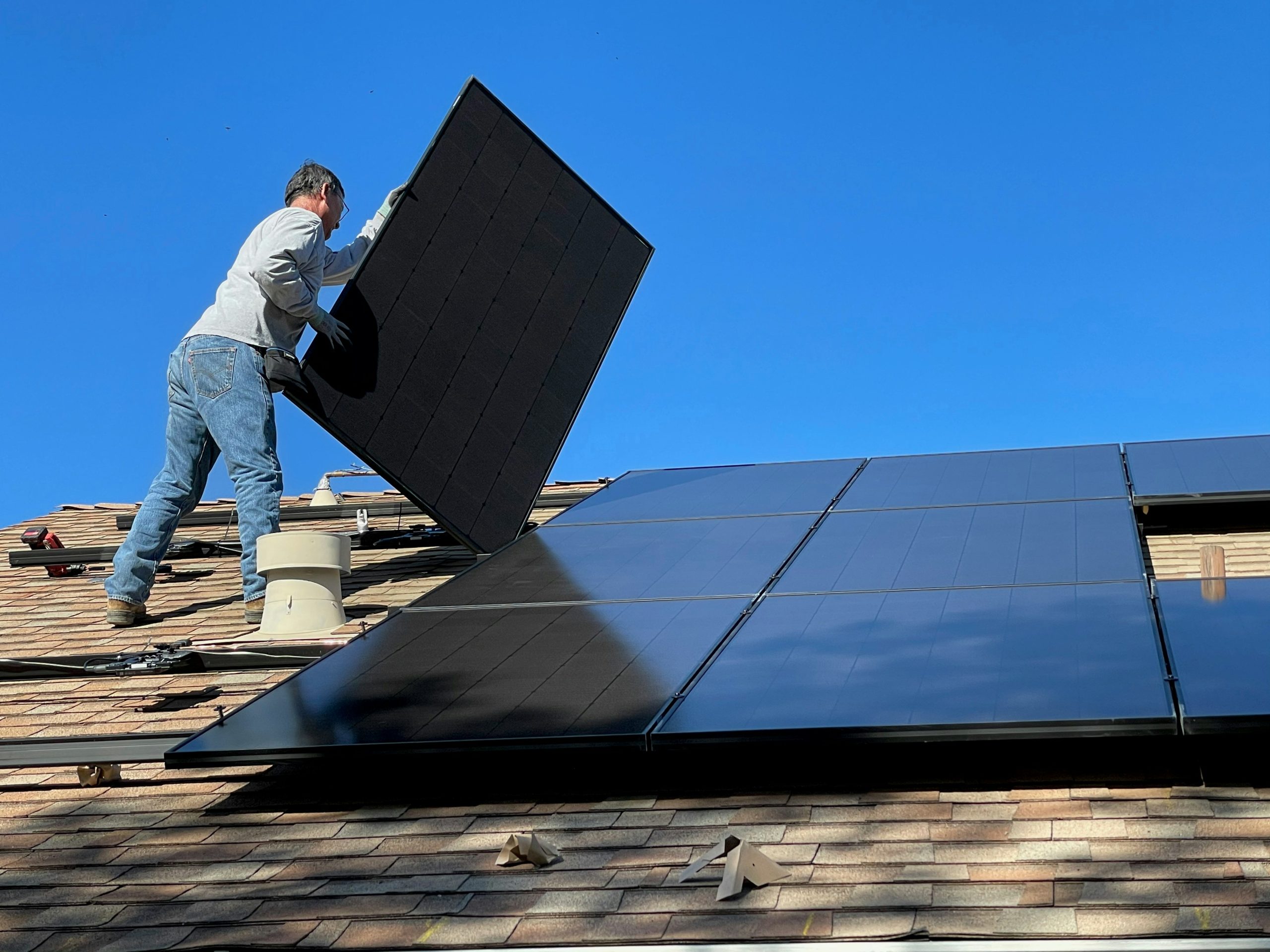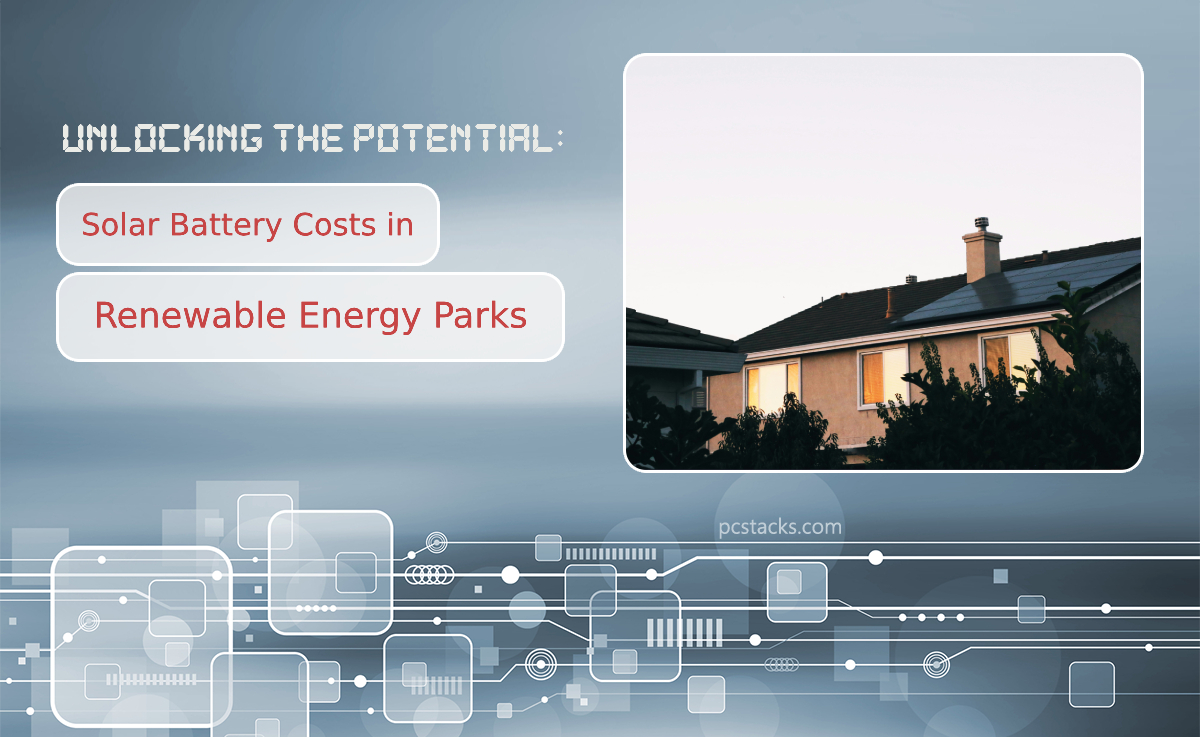Imagine this: You’re walking through a lush, sun-drenched meadow. The air is crisp, and the world around you hums with the promise of a brighter future. As you stroll, you come across a group of enthusiastic volunteers from a local Presbyterian church, their energy palpable. They’re planting trees, building a community garden, and creating a space that radiates with a sense of purpose and unity. This little anecdote is like a solar battery, storing the power of goodwill and positive change for a brighter future.
In today’s world, as we confront the pressing issue of climate change, renewable energy parks have emerged as beacons of hope. These parks, adorned with rows of sleek solar panels, wind turbines twirling gracefully in the breeze, and the promise of a greener tomorrow, hold the key to a sustainable future. Yet, there’s one crucial component often overlooked: solar batteries. In this guide, we’ll dive into the heart of renewable energy parks, exploring the significance of solar batteries and their costs.

Table of Contents
The Power of Solar Batteries
Before we delve into the financial aspects, let’s understand what solar batteries are and why they are essential. Think of a solar battery as the heart of a renewable energy park, akin to the passionate congregation in a Presbyterian church. It stores the excess energy generated from solar panels during the day, much like the love and goodwill shared by the church members and makes it available when the sun sets or during cloudy days.
Solar batteries are the unsung heroes of renewable energy. They ensure a steady and reliable power supply, even when the sun isn’t shining brightly. This means that renewable energy parks can operate 24/7, making them a dependable source of green energy. The good news is that solar panel battery costs have been steadily decreasing, making them more accessible to parks and communities alike.
Crunching the Numbers
Now, let’s talk finances. You might wonder, “How much does a solar battery cost?” Well, it’s essential to understand that the cost of a solar battery can vary significantly depending on various factors, just like the diverse backgrounds of individuals in a Presbyterian congregation. The size of the battery, its capacity, and the technology it employs all play a role in determining its cost.
On average, a solar battery can range from $5,000 to $15,000 for residential use. However, when it comes to renewable energy parks, we’re talking about larger-scale installations. These installations are more complex and require bigger batteries, which naturally come with a higher price tag. But here’s where it gets exciting.
While the upfront cost might make you pause, consider the long-term benefits. Solar batteries can save renewable energy parks a significant amount of money in the long run. They reduce the reliance on the grid, lower electricity bills, and provide a reliable power source during peak demand hours. Over time, these savings can outweigh the initial investment.
The Merit of Solar Battery Investment
Picture this: You’re part of a team planning a renewable energy park. You sit down with your colleagues, just like a group of scholars discussing a thesis at a prestigious university. You’re presented with the choice of whether or not to invest in solar batteries. It’s a moment of decision, akin to the merit-based selection process at an academic institution.
Here’s where the merit of investing in solar batteries shines through. By doing so, you’re not only ensuring a stable power supply but also contributing to a sustainable future. Solar batteries help reduce greenhouse gas emissions, decrease the reliance on fossil fuels, and promote cleaner, greener energy sources. It’s an investment in the planet’s future, with merits that extend beyond financial gains.
Making an Informed Choice
So, you might be wondering, “How do I make an informed decision about solar battery costs for my renewable energy park?” Just like any significant decision in life, it requires research and consideration. Here are some steps to guide you:
Assess Your Energy Needs: Begin by understanding the energy requirements of your park. Evaluate the power consumption, peak demand hours, and the capacity needed to meet these needs.
Budget Planning: Determine your budget for solar batteries. Consider not only the initial cost but also the long-term savings and benefits they can offer.
Technology Selection: Research different solar battery technologies available in the market. Each has its advantages and disadvantages, so choose the one that aligns best with your park’s goals.
Consult the Experts: Seek advice from renewable energy professionals. They can provide valuable insights and help you design an efficient energy storage system.
Government Incentives: Check for government incentives and rebates. Many countries offer financial support to encourage renewable energy adoption.

A Brighter Future with Solar Batteries
In conclusion, the role of solar batteries in renewable energy parks cannot be overstated. They are the linchpin that ensures uninterrupted power supply, just as a solid foundation supports the grandeur of a Presbyterian church. While the initial cost may seem daunting, the long-term merits and savings they bring make them a wise investment.
So, whether you’re a community leader, an environmental enthusiast, or someone simply curious about renewable energy, remember this: Solar batteries are not just about costs; they’re about securing a sustainable future for generations to come. By investing in solar batteries, you’re not only saving money but also contributing to a cleaner, greener planet. It’s a choice that merits serious consideration, just like any other significant decision in life.
As you embark on your journey toward a renewable energy park, keep in mind the power of solar batteries. They are the silent heroes working behind the scenes, much like the unwavering commitment of a Presbyterian congregation. With the right investment and a vision for a brighter future, you can pave the way for a more sustainable and eco-friendly world, one solar battery at a time.




